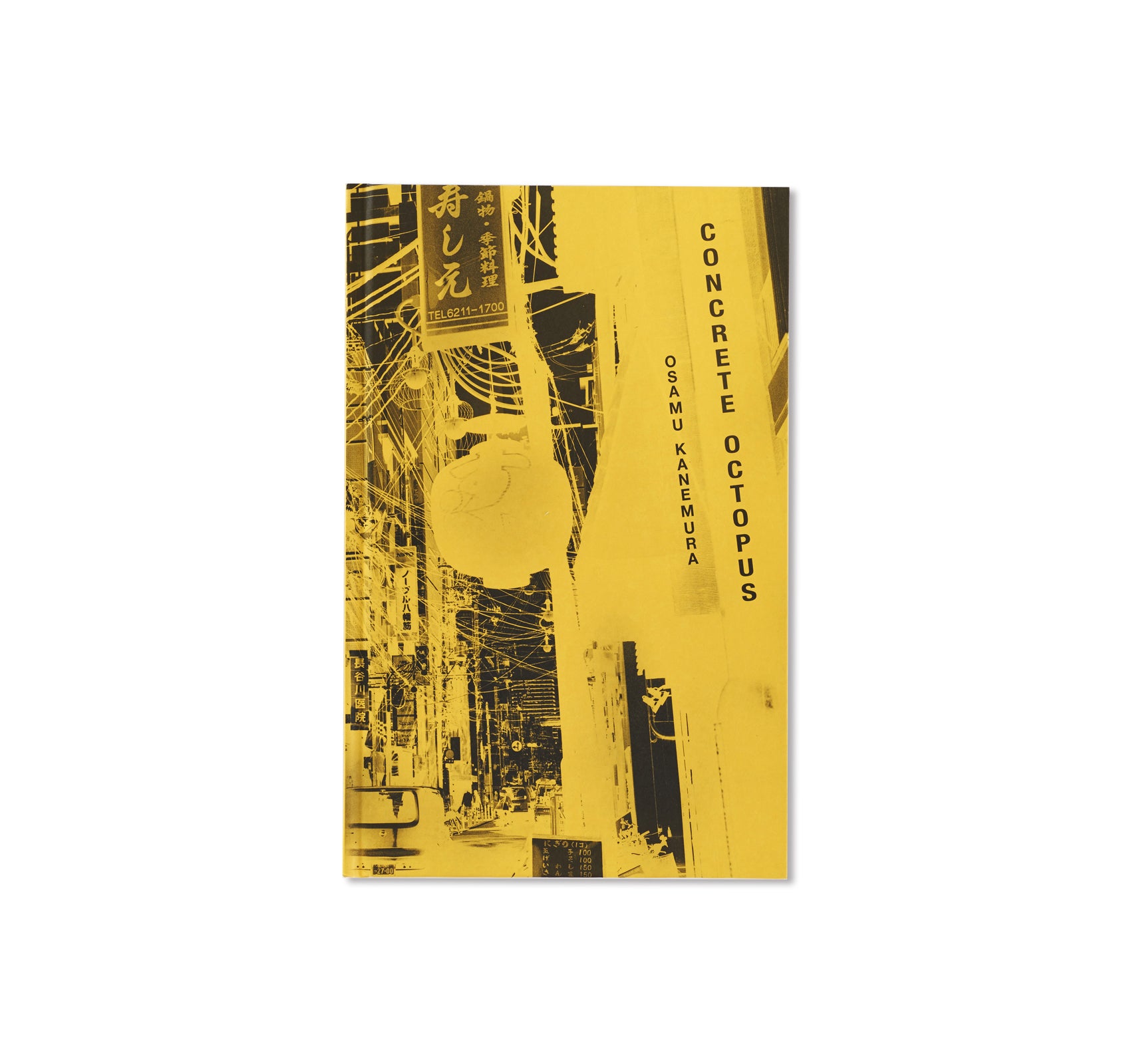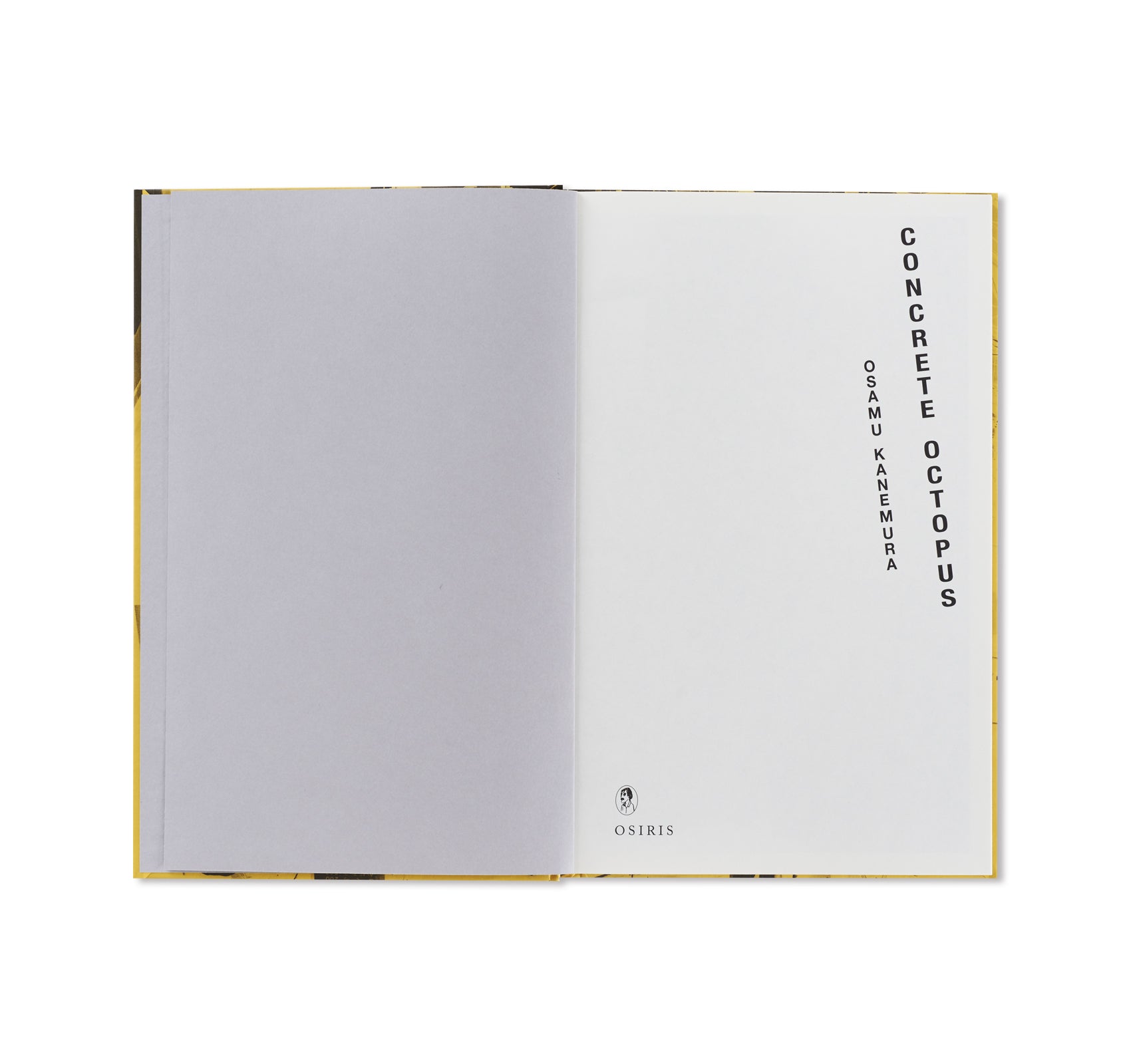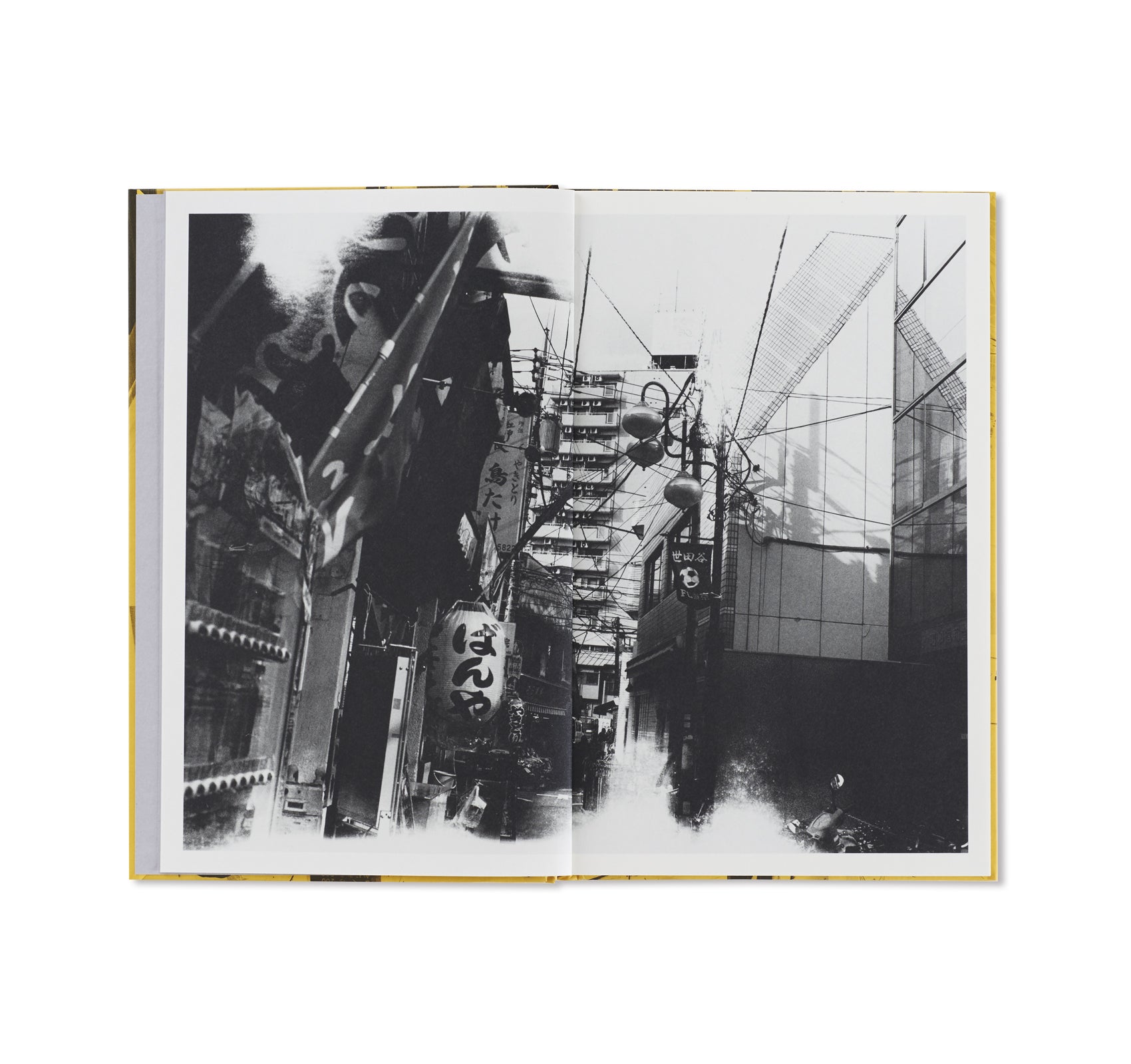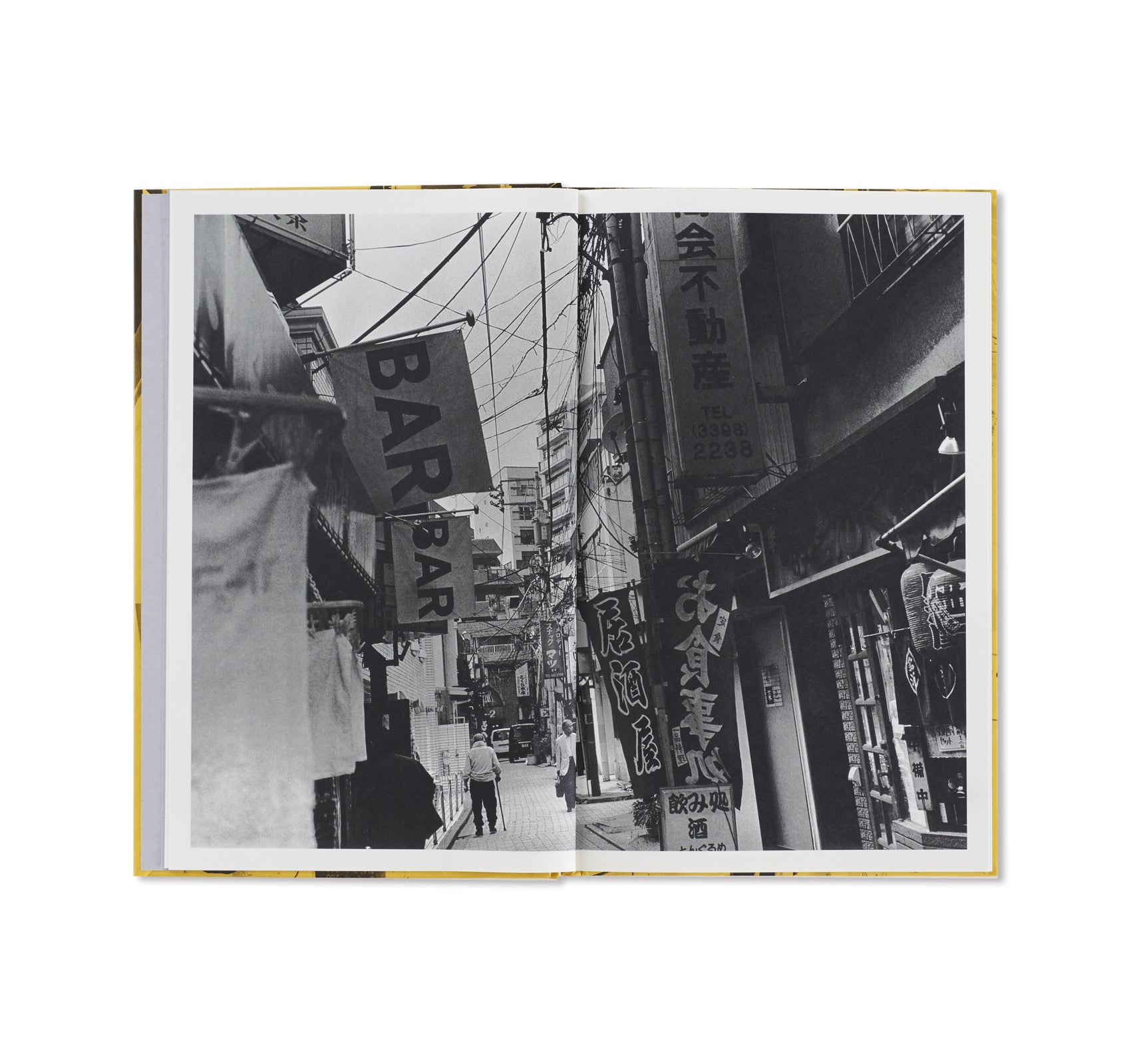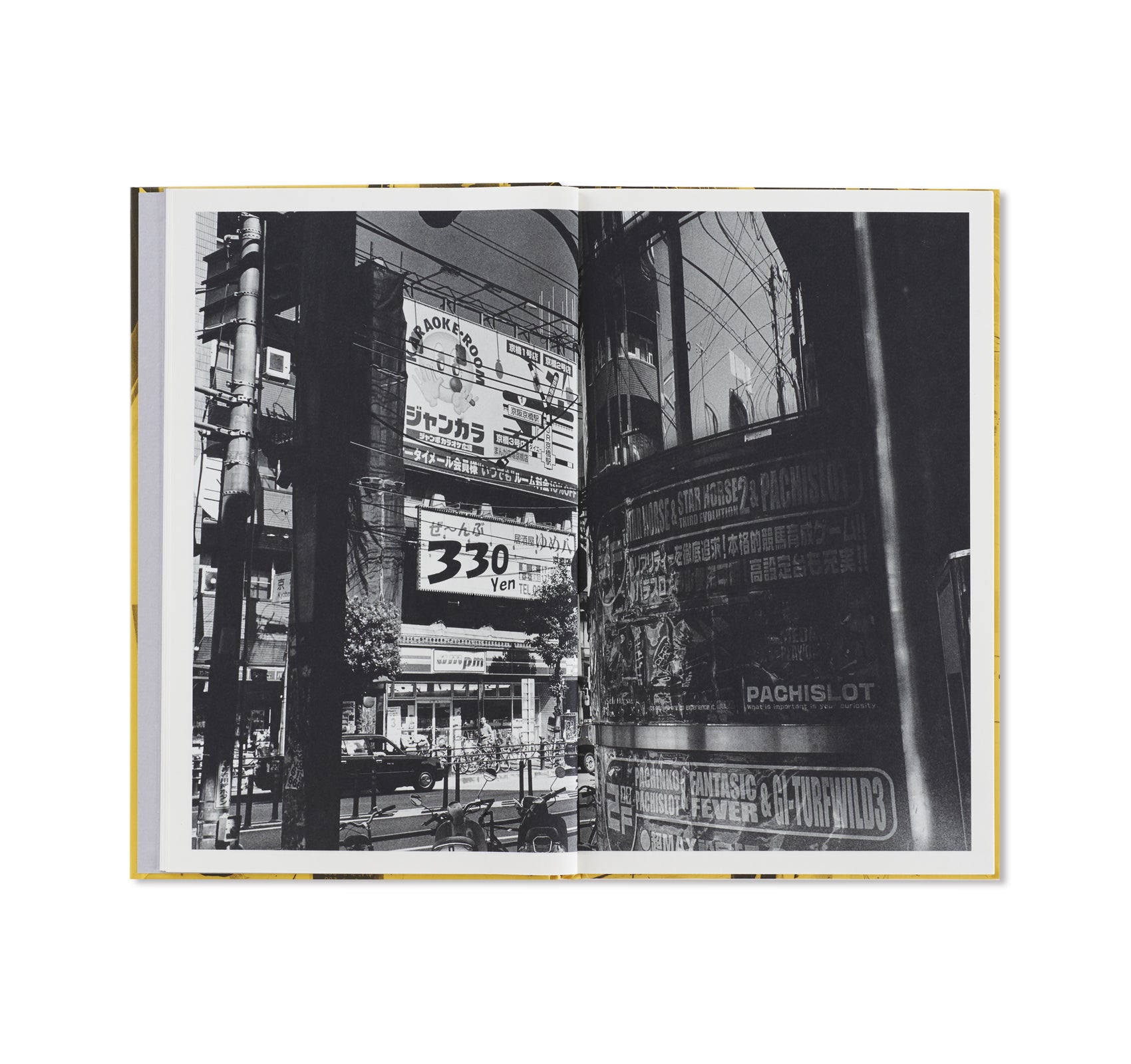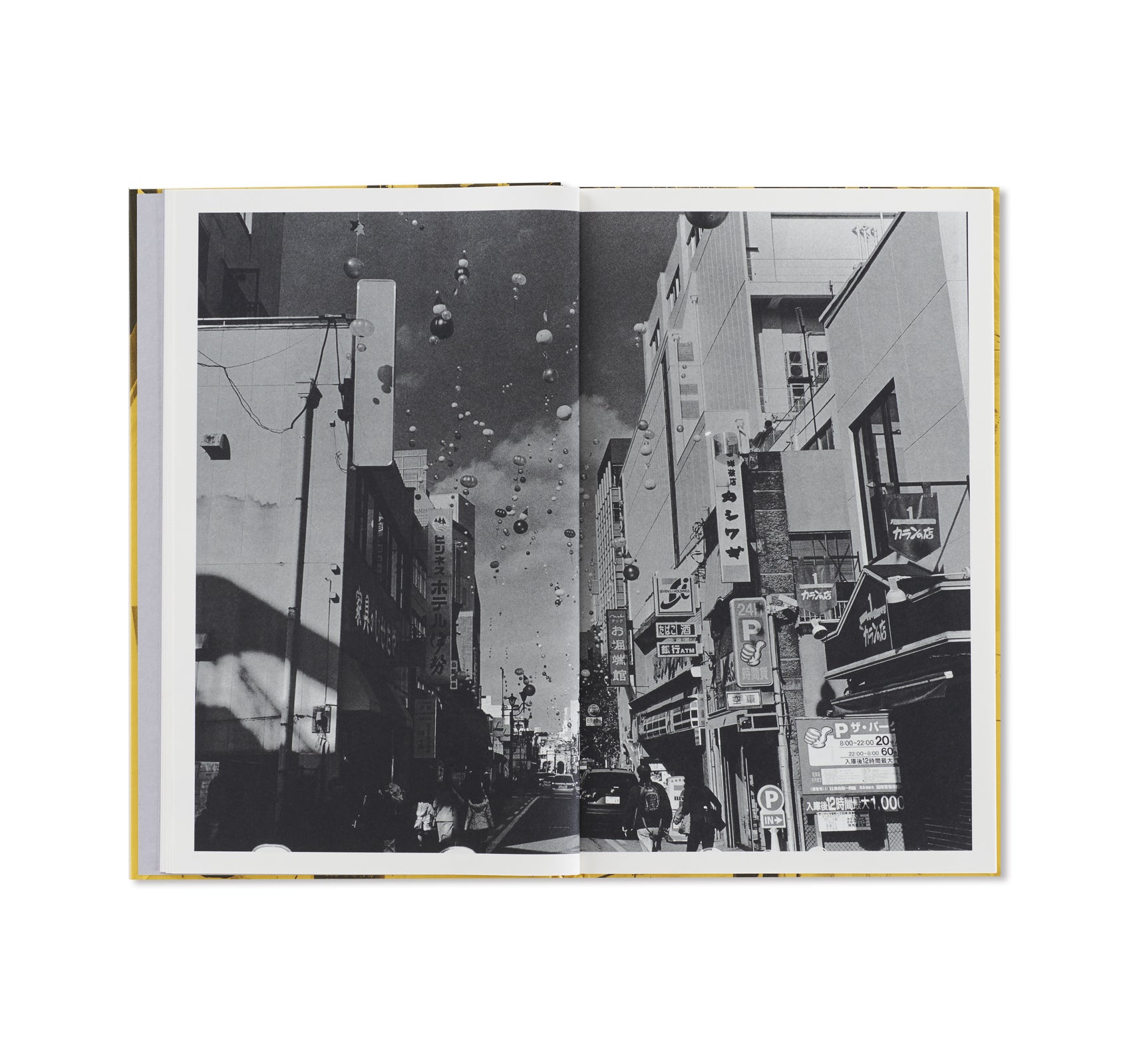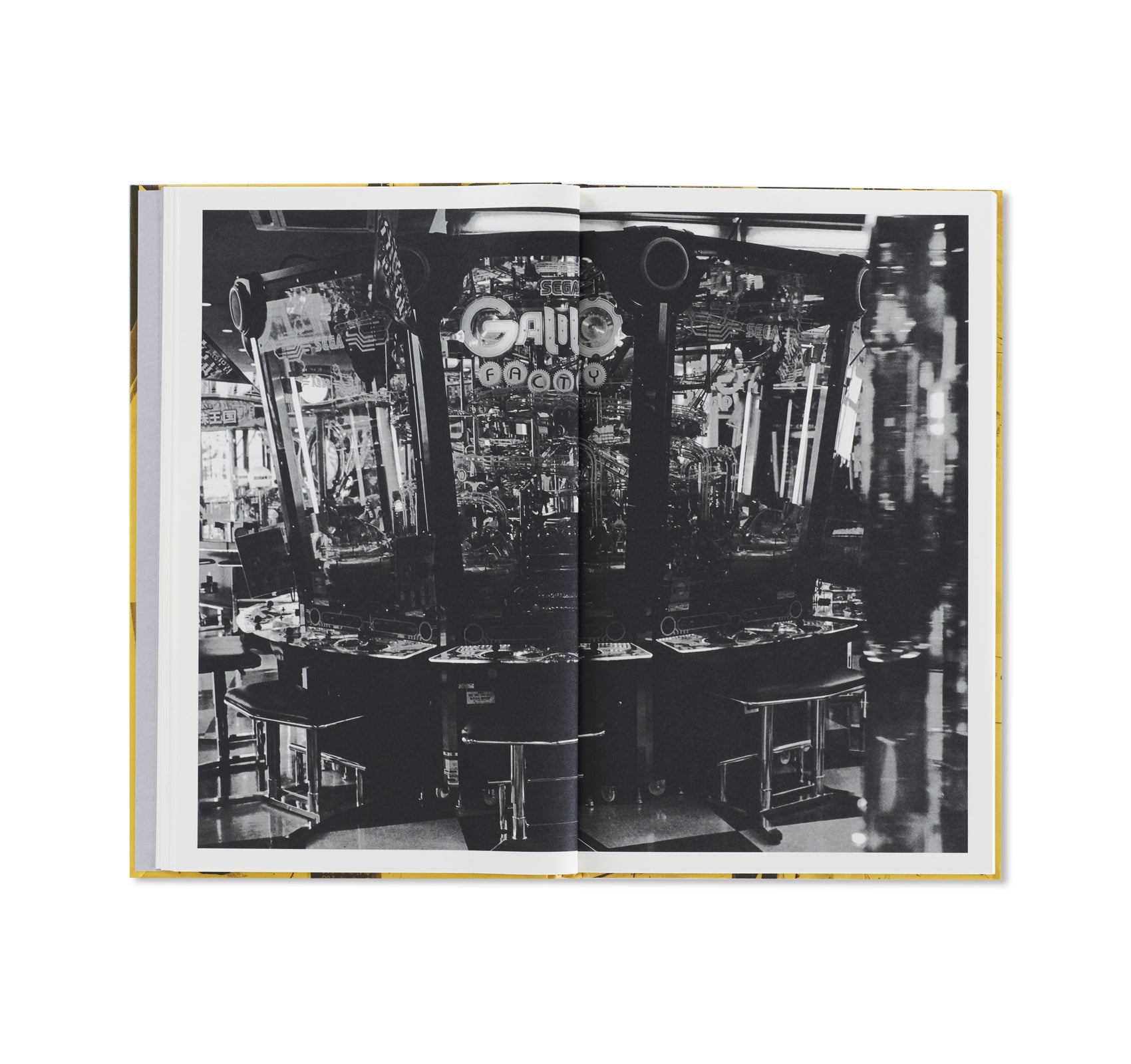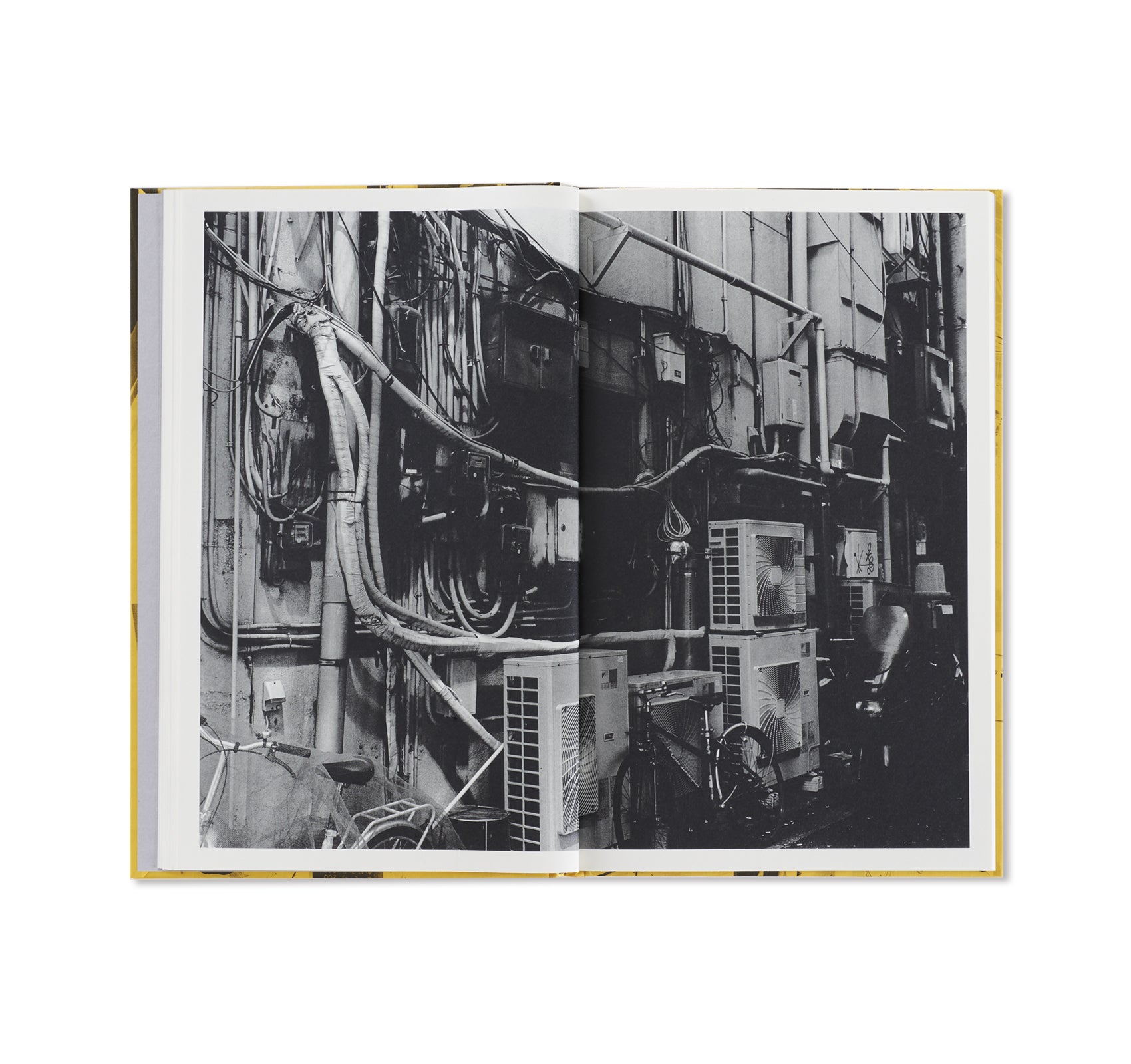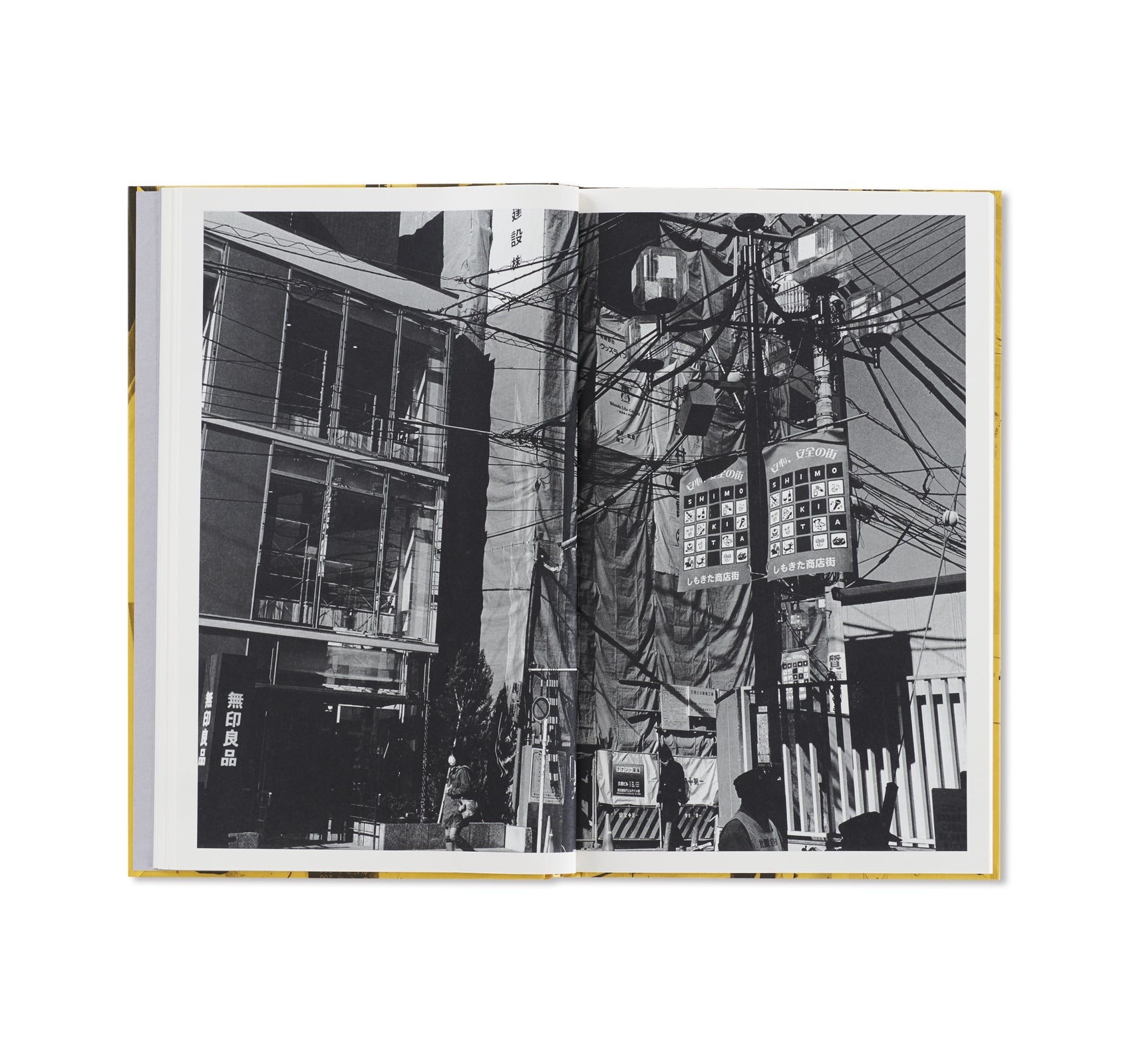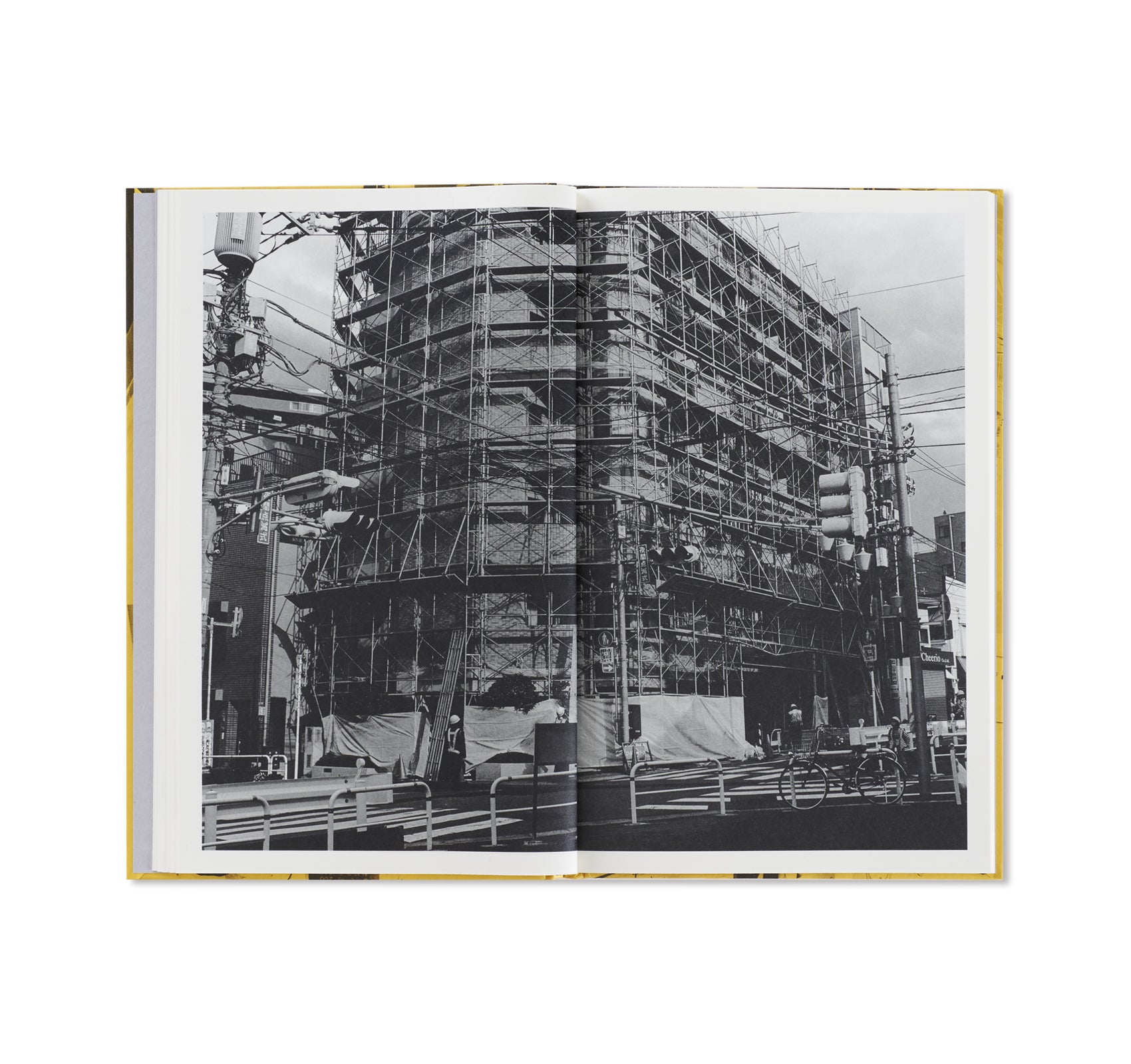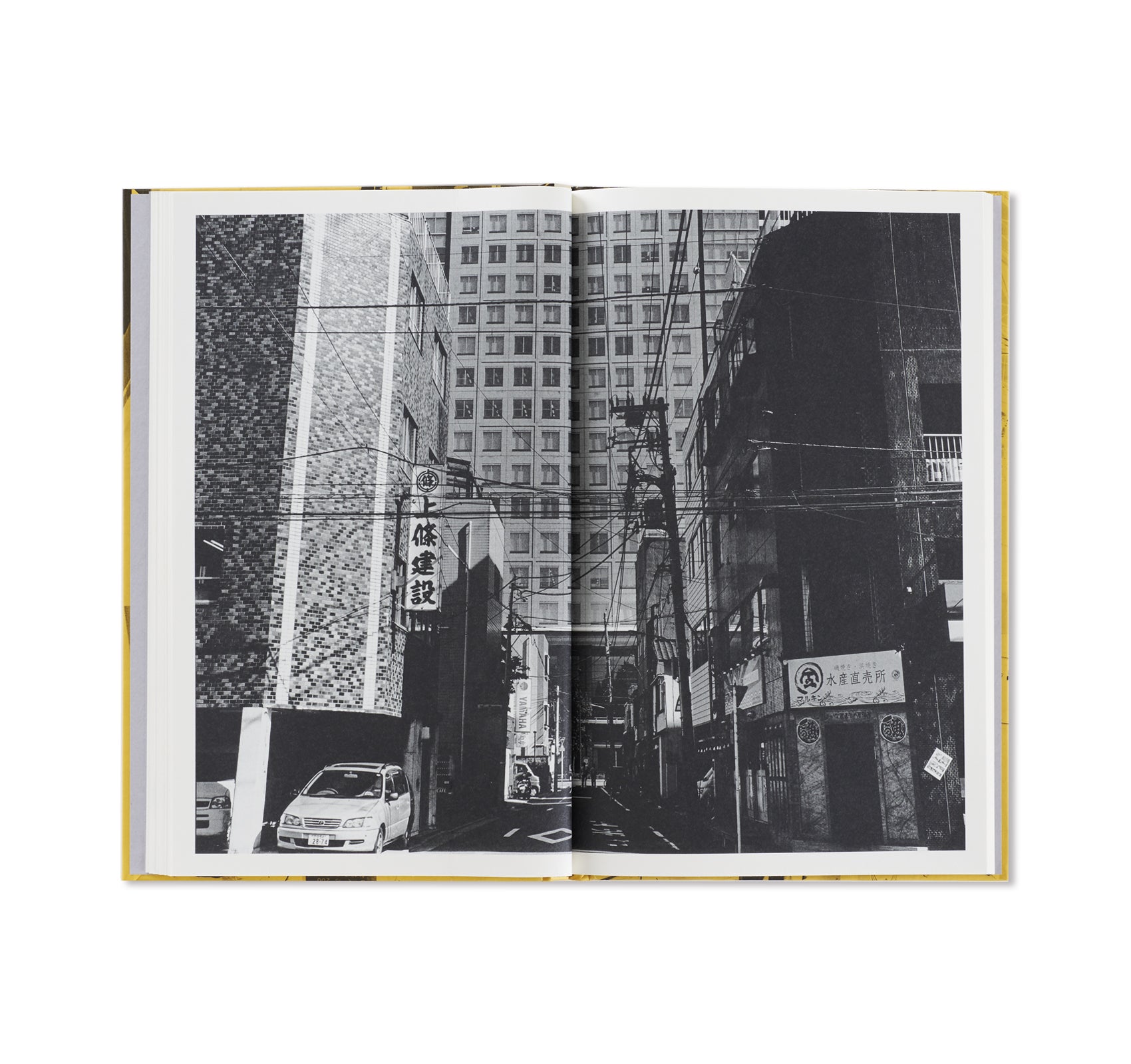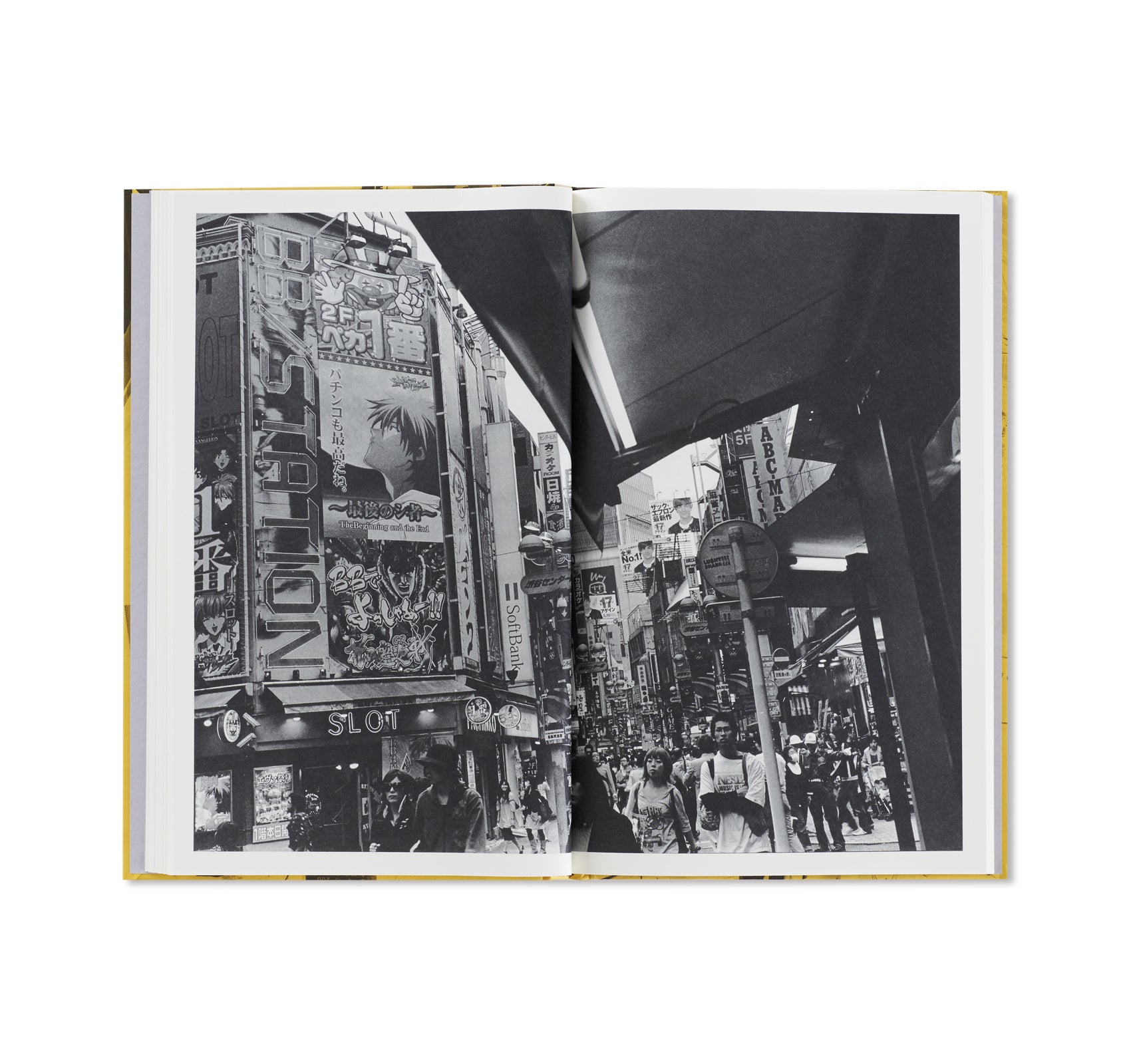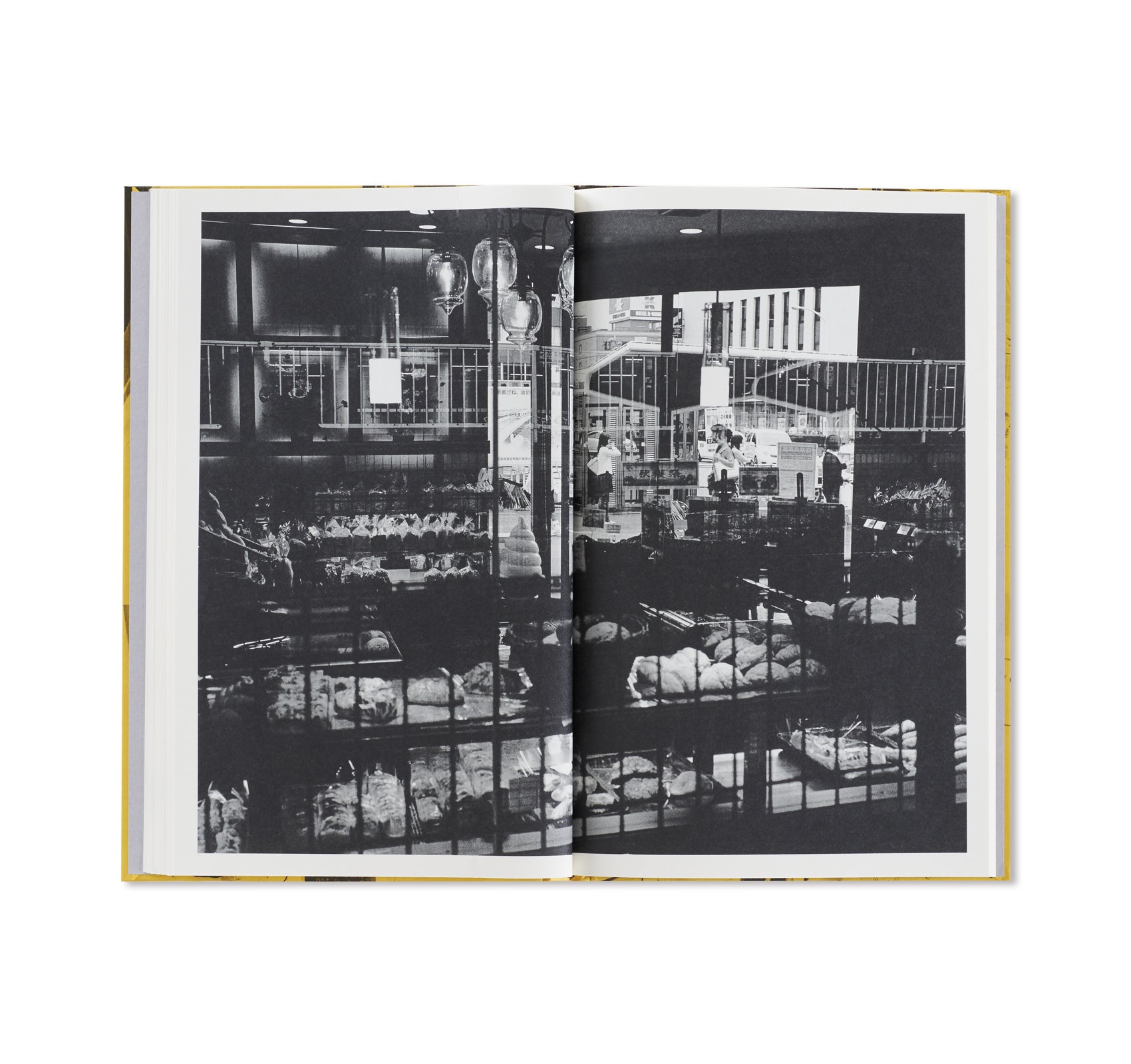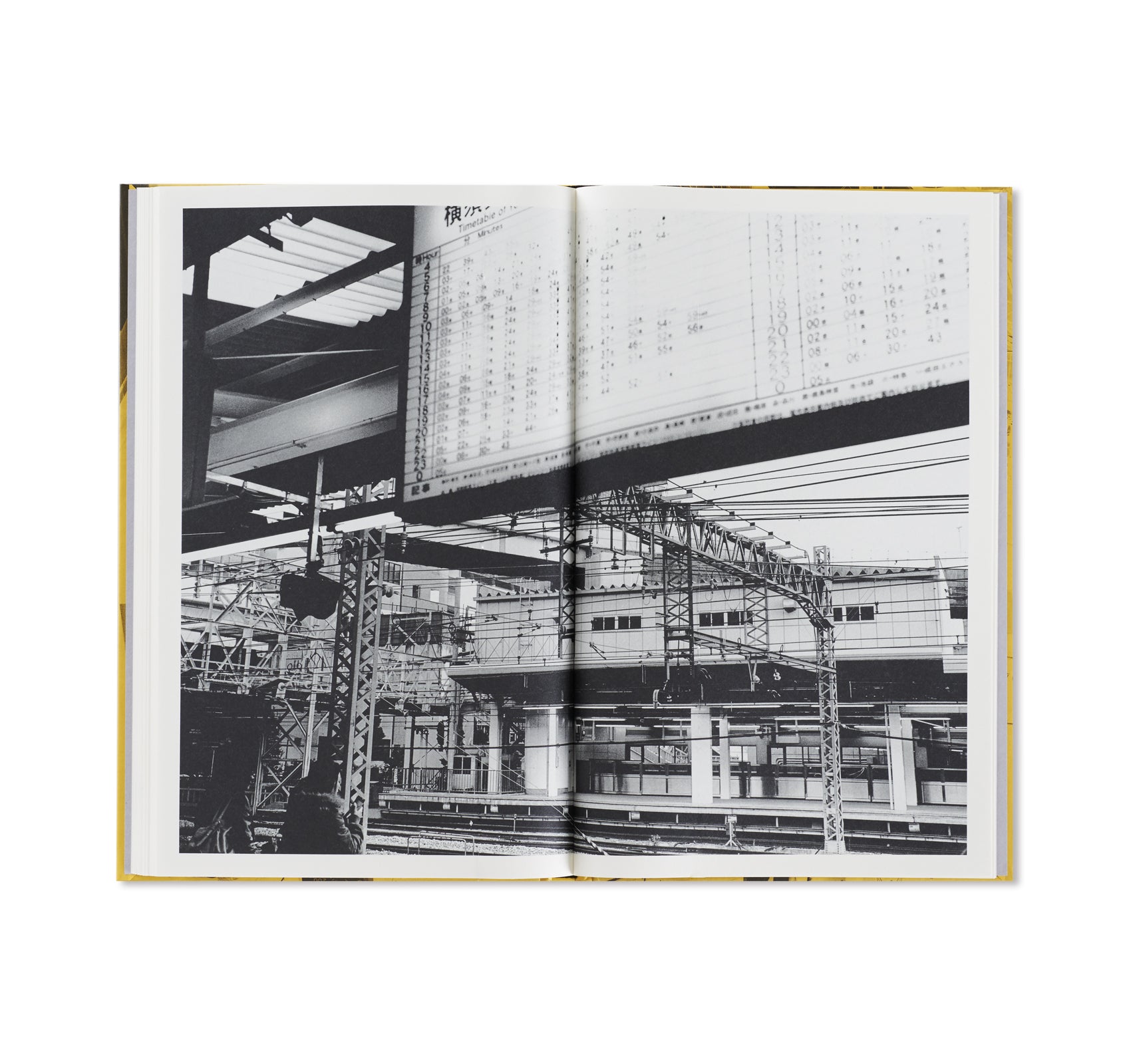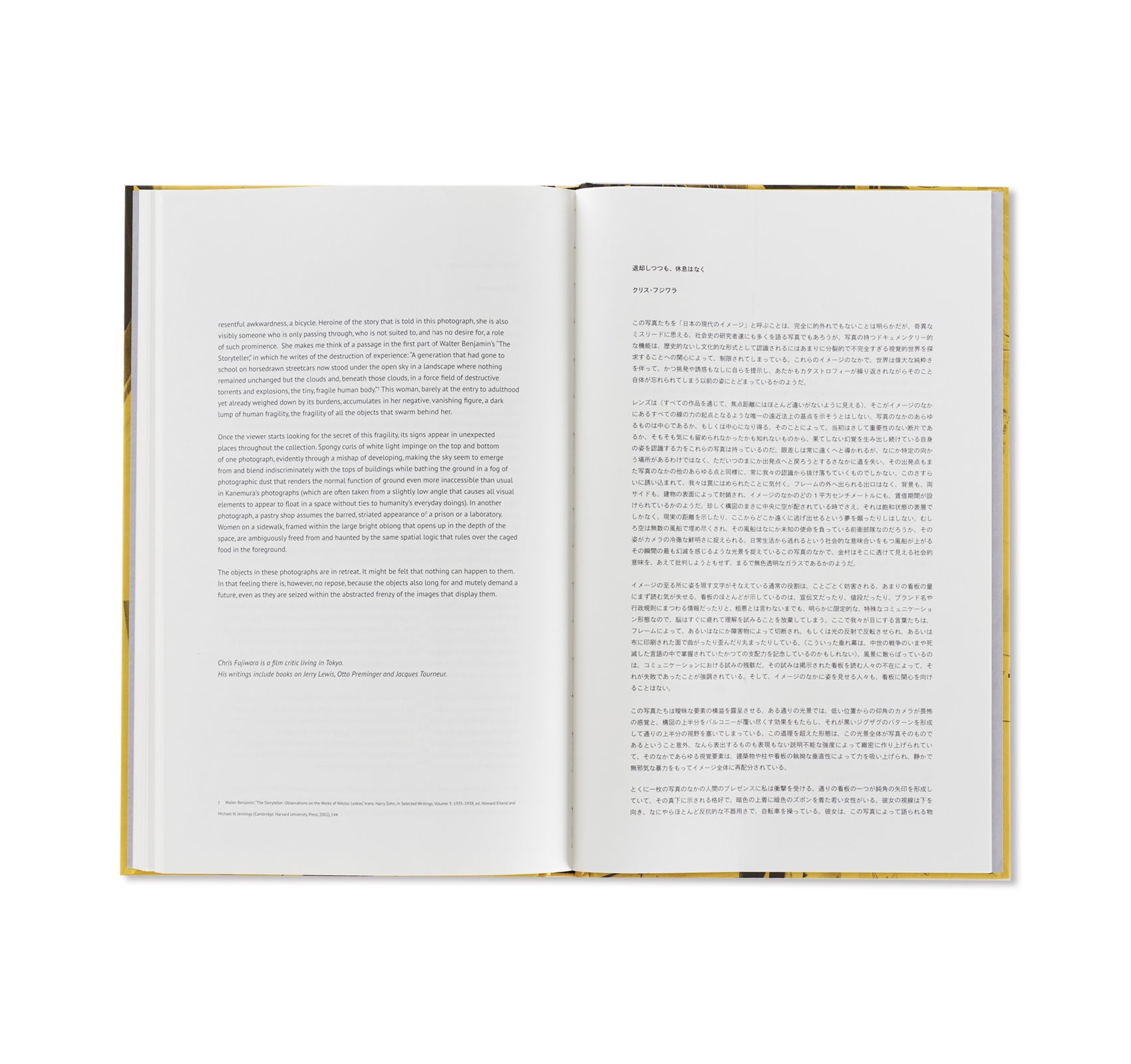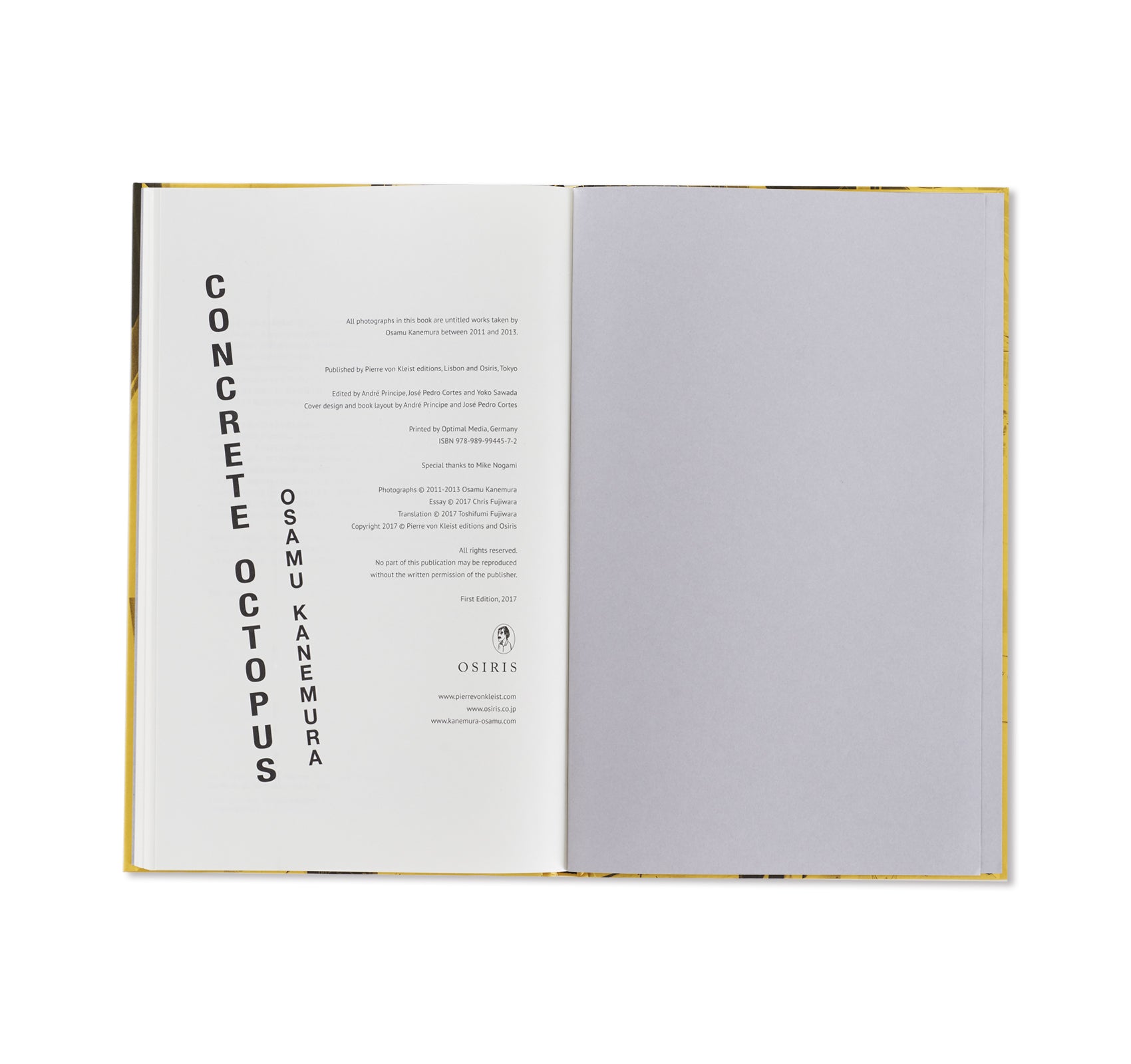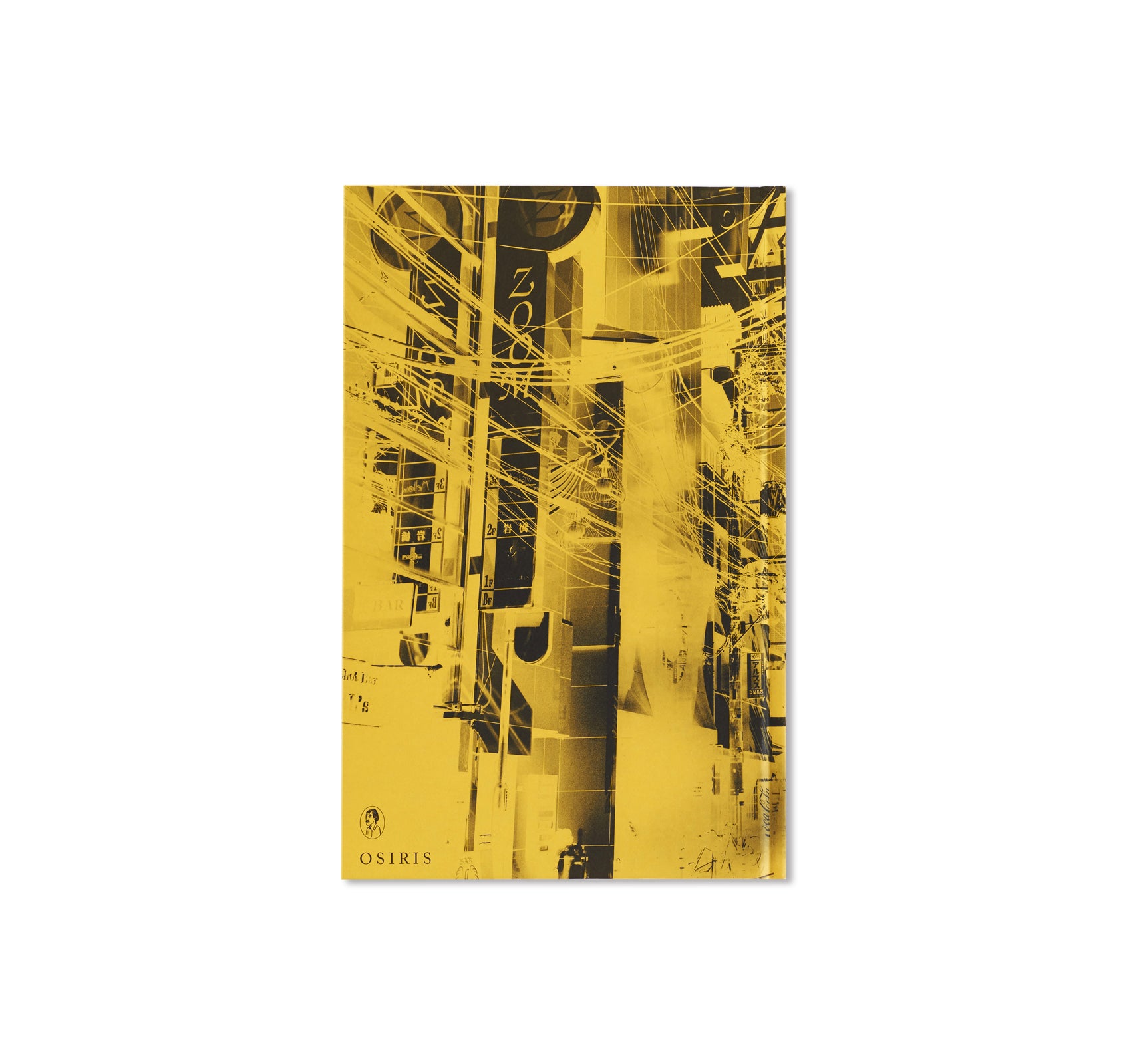CONCRETE OCTOPUS by Osamu Kanemura
日本人写真家、金村修の作品集。本作は、2002年に発表され評価を得た作者の作品「SPIDER′S STRATEGY」から派生、2011年から2013年の間に撮影したモノクロ写真で構成され、カルト的日本人写真家たる存在感を示す一作。東京を拠点とする映画批評家、クリス・フジワラが本作にテキストを寄稿。作者の写真のロジックを読み解き、新たな見方を提示している。
この写真たちを「日本の現代のイメージ」と呼ぶことは、完全に的外れでもないことは明らかだが、奇異なミスリードに思える。社会史の研究者達にも多くを語る写真でもあろうが、写真の持つドキュメンタリー的な機能は、歴史的ないし文化的な形式として認識されるにはあまりに分裂的で不完全すぎる視覚的世界を探求することへの関心によって、制限されてしまっている。これらのイメージのなかで、世界は偉大な純粋さを伴って、かつ挑発や誘惑もなしに自らを提示し、あたかもカタストロフィーが繰り返されながらそのこと自体が忘れられてしまう以前の姿にとどまっているからだ。(中略)写真のなかの事物は、静かに退却している。これらの事物に何も起こるはずがないと思えるかもしれない。しかし、こう感じることのなかに休息はない。なぜなら、イメージを提示する抽象化された狂乱のなかに捕らえられていてもなお、事物は我々と同様に沈黙しつつ未来を求めているからだ。
―クリス・フジワラ「退却しつつも、休息はなく」
Concrete Octopus takes off where Kanemura´s 2002 acclaimed Spider's Strategy left. For the first time, Osiris and Pierre von Kleist team up to show Kanemura´s new work done between 2011 and 2013. The cult Japanese photographer proves to be in great shape. With a text by Chris Fujiwara, a film critic living in Tokyo.
It would be strange and misleading, though obviously not wholly inaccurate, to call these photographs “images of the Japan of the present time.” Though they might perhaps have much to say to the social historian, their documentary function is circumscribed by the interest in exploring a visual universe too disunited and incomplete to be recognizable as a cultural or historical form. In these images, the world presents itself with great purity and without provocation or seduction, as though poised in the interval before the repetition of an already forgotten catastrophe. (…) The objects in these photographs are in retreat. It might be felt that nothing can happen to them. In that feeling there is, however, no repose, because the objects also long for and mutely demand a future even as they are seized within the abstracted frenzy of the images that display them.
―Chris Fujiwara ‘Retreat, but no Repose’
